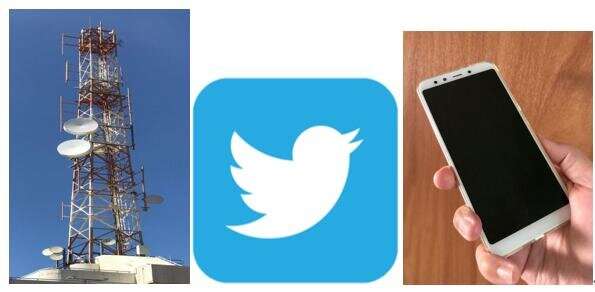Using prevalent technologies and 'Internet of Things' data for atmospheric science

The use of prevalent technologies and crowdsourced data may benefit weather forecasting and atmospheric research, according to a new paper authored by Dr. Noam David, a visiting scientist at the Laboratory of Associate Professor Yoshihide Sekimoto at the Institute of Industrial Science, The University of Tokyo, Japan. The paper, published in Advances in Atmospheric Sciences, reviews a number of research works on the subject and points to the potential of this innovative approach.
Specialized instruments for environmental monitoring are often limited as a result of technical and practical constraints. Existing technologies, including remote sensing systems and ground-level tools, may suffer from obstacles such as low spatial representativity (in situ sensors, for example) or lack of accuracy when measuring near the Earth's surface (satellites). These constraints often limit the ability to carry out representative observations and, as a result, the capacity to deepen our existing understanding of atmospheric processes. Multi-systems and IoT (Internet of Things) technologies have become increasingly distributed as they are embedded into our environment. As they become more widely deployed, these technologies generate unprecedented data volumes with immense coverage, immediacy and availability. As a result, a growing opportunity is emerging to complement state-of-the-art monitoring techniques with the large streams of data produced. Notably, these resources were originally designed for purposes other than environmental monitoring and are naturally not as precise as dedicated sensors. Therefore, they should be treated as complementary tools and not as a substitute. However, in the many cases where dedicated instruments are not deployed in the field, these newly available 'environmental sensors' can provide some response which is often invaluable.
Smartphones, for example, contain weather-sensitive sensors and recent works indicate the ability to use the data collected by these devices on a multisource basis to monitor atmospheric pressure and temperature. Data shared as an open source in social networks can provide vital environmental information reported by thousands of 'human observers' directly from an area of interest. Wireless communication links that form the basis for transmitting data between cellular communication base stations serve as an additional example. Weather conditions affect the signal strength on these links and this effect can be measured. As a result the links can be utilized as an environmental monitoring facility. A variety of studies on the subject point to the ability to monitor rainfall and other hydrometeors including fog, water vapor, dew and even the precursors of air pollution using the data generated by these systems.
Notably, the data from these new 'sensors' could be assimilated into high-resolution numerical prediction models, and thus may lead to improvements in forecasting capabilities. Put to use, this novel approach could provide the groundwork for developing new early-warning systems against natural hazards, and generate a variety of products necessary for a wide range of fields. The contribution to public health and safety as a result of these could potentially be of significant value.
More information: Noam David, Harnessing Crowdsourced Data and Prevalent Technologies for Atmospheric Research, Advances in Atmospheric Sciences (2019). DOI: 10.1007/s00376-019-9022-0
Provided by Chinese Academy of Sciences



















